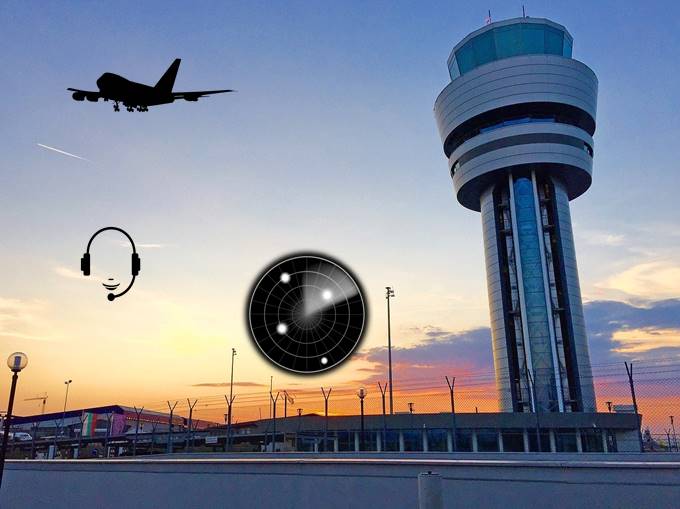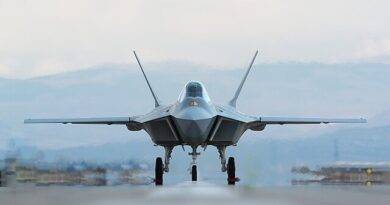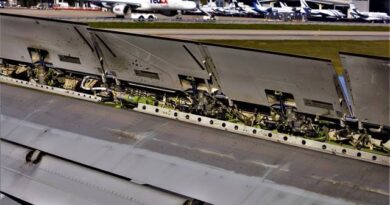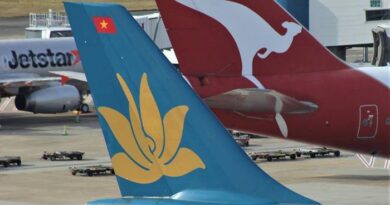ATC-Air Traffic Controller, Who are they?
Air Traffic Controllers (ATC) are the air marshals, not of the sky itself, but of the invisible highways that crisscross it. They are the highly trained professionals responsible for the safe, orderly, and efficient flow of air traffic within their designated airspace. Imagine a complex ballet performed thousands of feet in the air, and the ATC acts as the conductor, meticulously guiding each aircraft for a flawless performance.
Air Traffic Controller, one of the key and essential professionals in aviation. Who are they? where do they work? and what do they do? Like landmarks we all recognize control towers located at airports. But most of the Controllers work on Radar Approach or Area Control Centers. Let’s go deeper.
First of all, who is ATC? ATC is a ground based aviation professional who is responsible for the safe and efficient operation of aircraft in a defined area (airspace, TMA, FIR, etc).
ATCs have special Voice Communication System to enable the communication between the pilot of the aircraft, and by giving orders and sometimes advices that they ensure safety and efficiency of the flights.
Mainly, ATC has three different units. (Names of the units may vary in different regions like Area Control = En-route Control).
CONTROL TOWER, ATC Tower, Aerodrome Control Tower
As I shortly mentioned above, ATC (Air Traffic Controller) Towers are located at the airports and they are like symbols. Tower Controllers are responsible of the operation in the aprons, taxiways, runways and the vicinity of aerodrome (CTR). They issue landing and takeoff clearances, they give proper flight plan clearances, also start up and push back clearances and they control the taxiing traffics. Below you can see a simple aerodrome chart and a simple example of taxiing traffics.
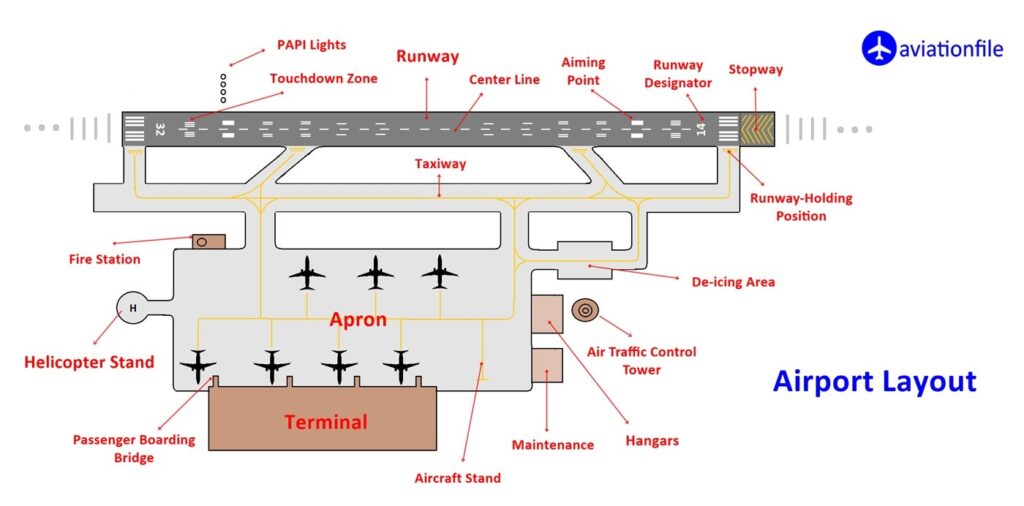
Imagine possible seperations and traffic load on a complex Airport like JFK.
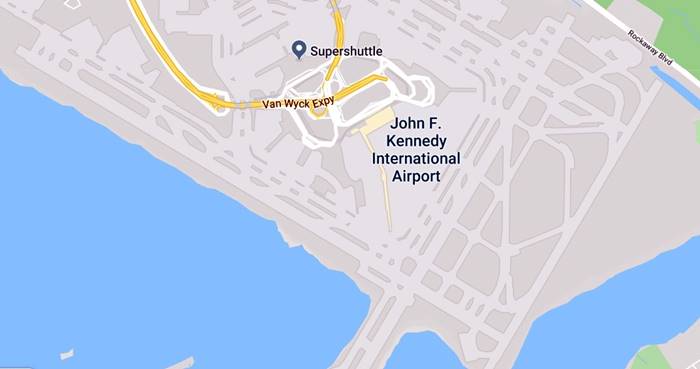
Further on, let’s look at the traffics flying in the vicinity of aerodrome. To regulate and order the flying traffics, traffic patterns exist for active runways. Tower controller and the pilot of the aircraft communicate (via aviation language and aviation English) and build a safe and efficient traffic flow using this patterns. Below you can see a traffic pattern example.
Please look at the pattern and imagine yourself in an airplane flying through one of the arrows for example you are at the position of “Right hand downwind leg for runway 19R “. You see the runway right side of you. That’s one of the rule of the traffic pattern.
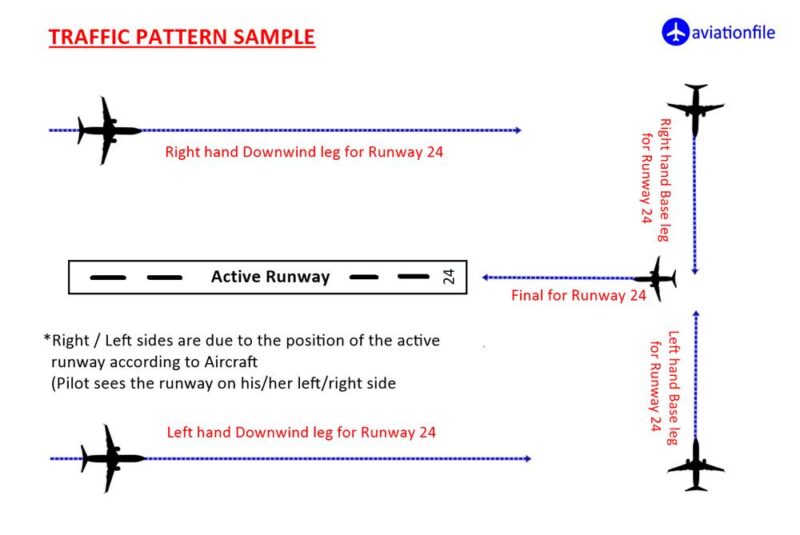
RADAR APPROACH AND DEPARTURE CONTROL
On this unit ATCs work in an office environment. They follow, monitor and control the traffic again via VCS connection with pilots. By monitoring traffics on radar screen they give necessary orders and advices to the pilots of aircraft.
On this unit ATCs use vector technics, climb descend orders, speed restrictions and more to keep the safe separation and to order the traffics. Below you can see a radar screen image. All the labels with different colors indicate an aircraft.
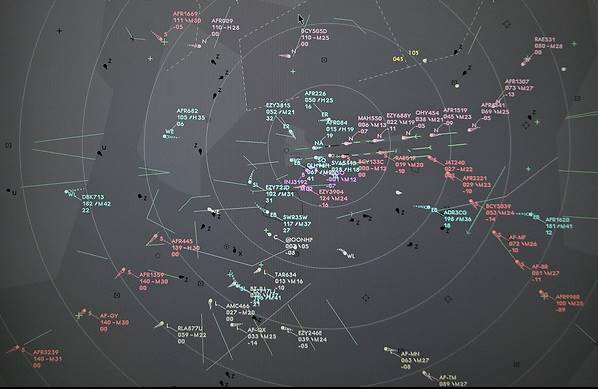
Area Control Center, En-Route Control Center
ATCs in this unit have similar working conditions like radar approach and departure. Again they work in front of a radar screen and communicate with pilots. The main difference from approach and departure control is they control the aircrafts when they are on cruise flight section. Please check the image below again. Controller monitors the flights in his/her control area (part of FIR).
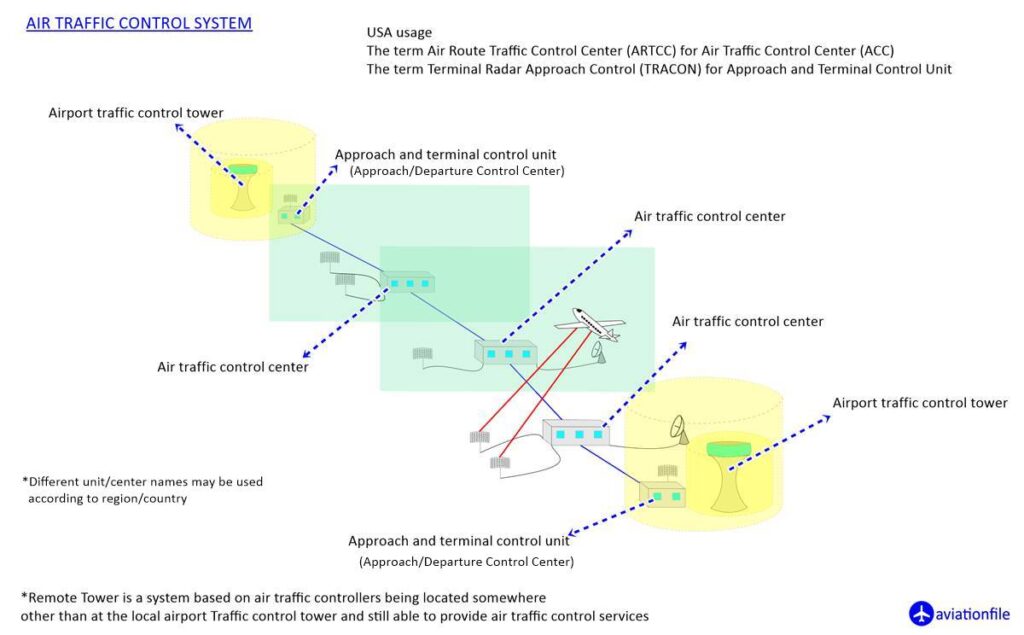
Here is a screenshot of area over Germany from Flightradar24.
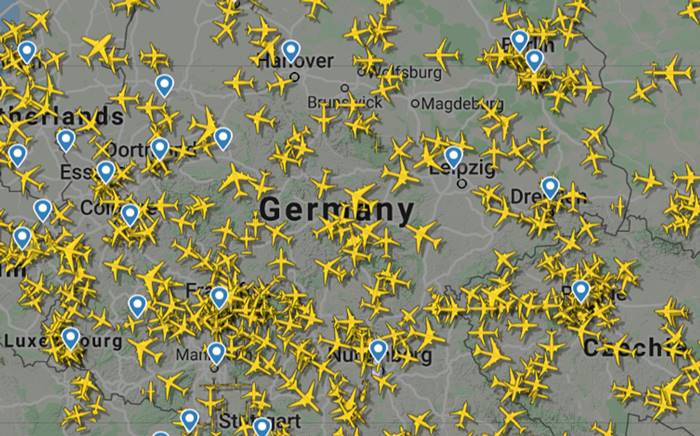
Why Air Traffic Controllers are Indispensable
Air Traffic Controllers are the unsung heroes of the aviation industry. Their meticulous work prevents mid-air collisions, minimizes delays, and keeps the skies safe for thousands of passengers and crew every day. They are the backbone of a smooth-running air traffic control system, the invisible foundation that allows modern air travel to function flawlessly.
In conclusion, it is fair to say that ATC controls the traffic in a defined airspace with proper methods. First aim is to maintain the safety standards and then efficient flow of air traffic.
According to some researches, being an Air Traffic Controller is one of the most stressful jobs ever. Click for ILO work paper on ATC occupational conditions.
Further Reading on Air Traffic Controllers (ATC)
For a deeper dive into the world of Air Traffic Control, here are some credible resources:
- U.S. Bureau of Labor Statistics: Air Traffic Controllers https://www.bls.gov/ooh/transportation-and-material-moving/air-traffic-controllers.htm
- Federal Aviation Administration (FAA): Air Traffic Careers https://www.faa.gov/air_traffic
- National Air Traffic Controllers Association (NATCA) https://www.natca.org/
For more Articles click
